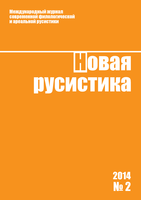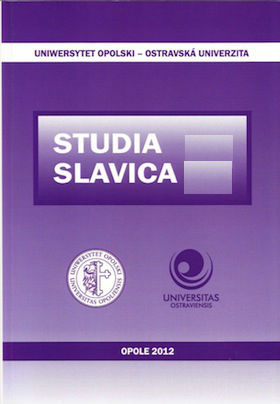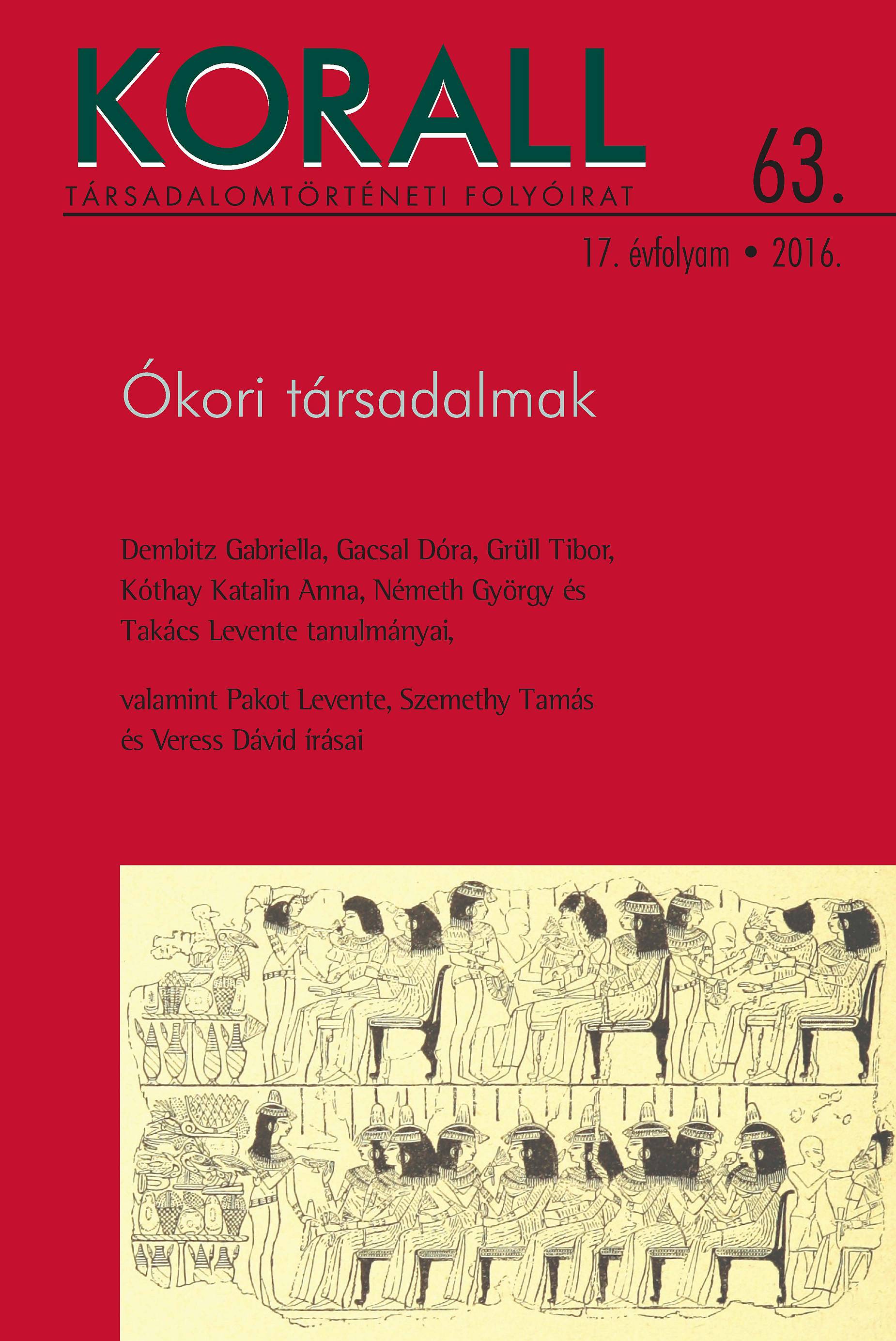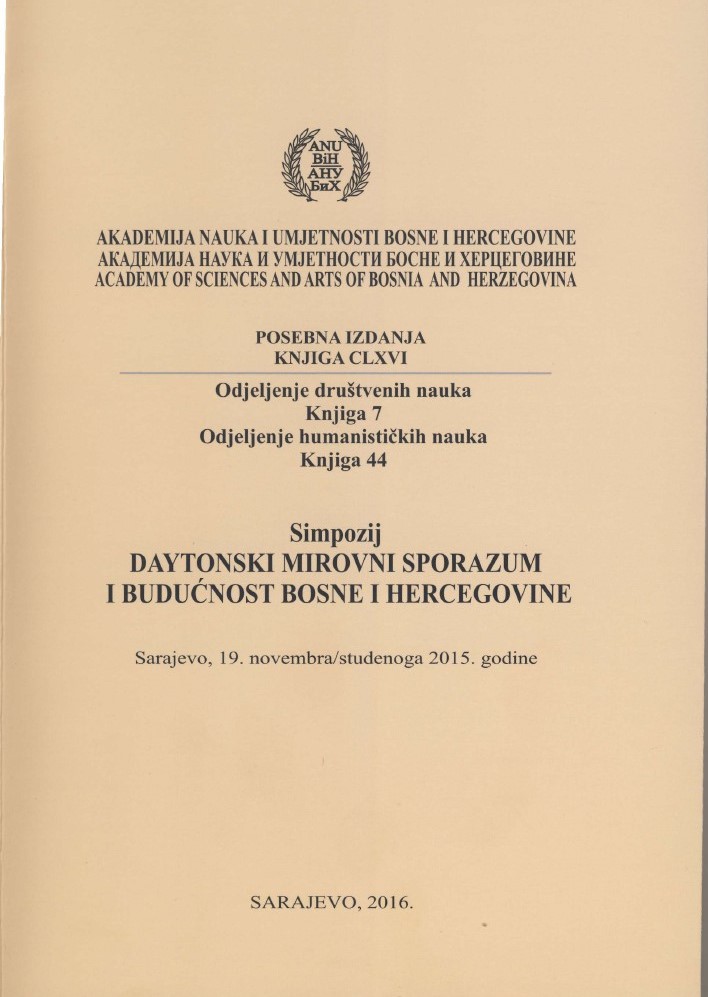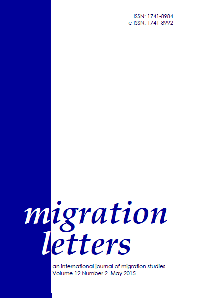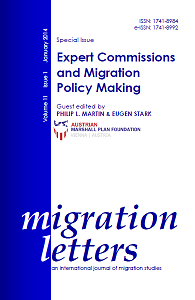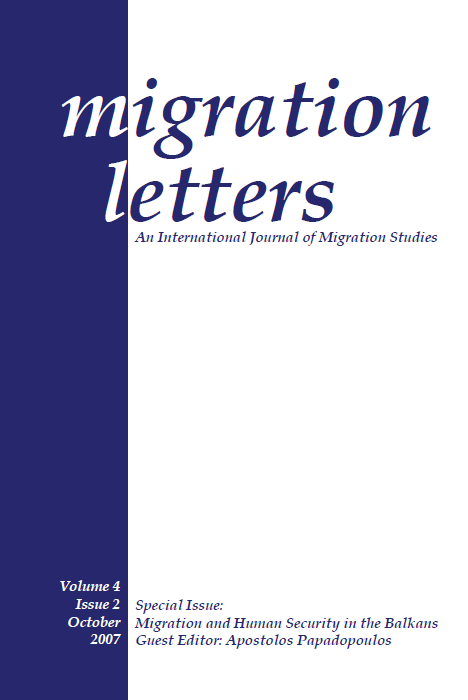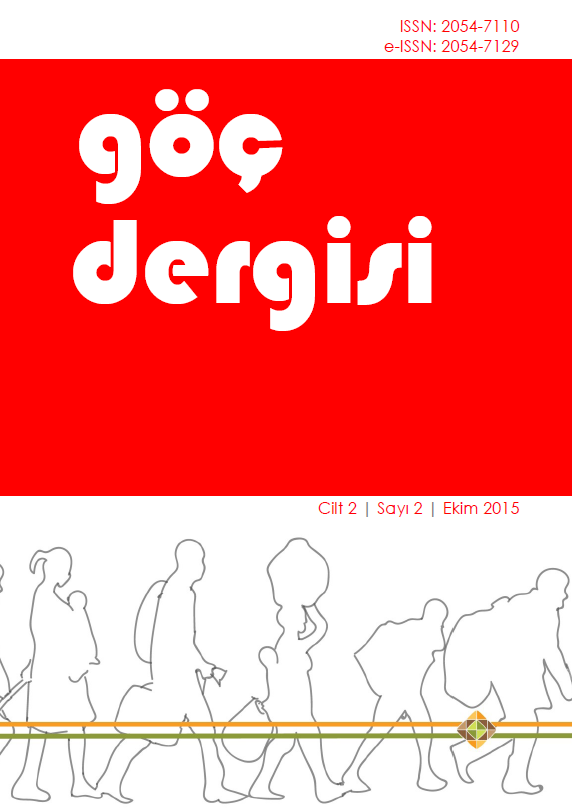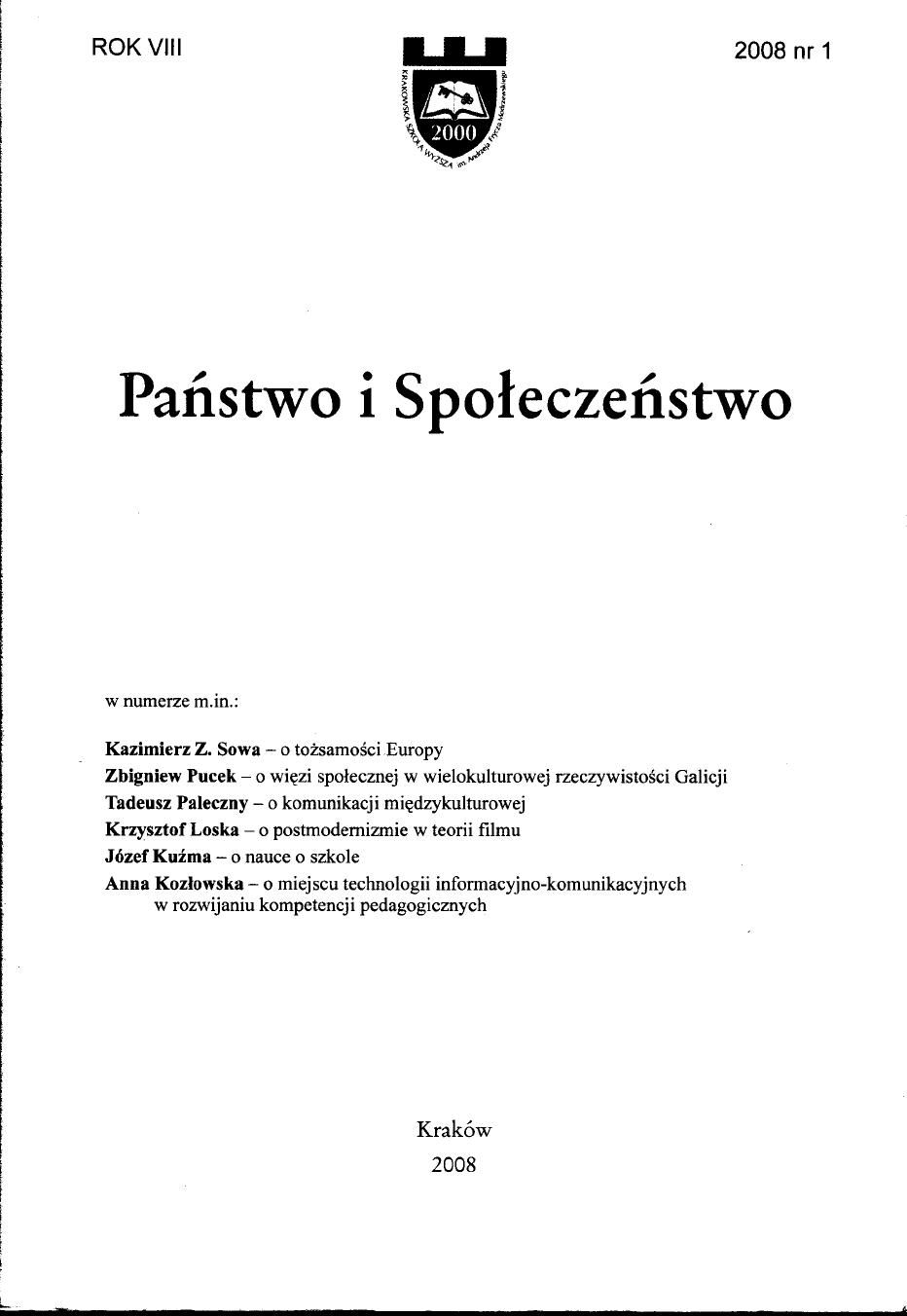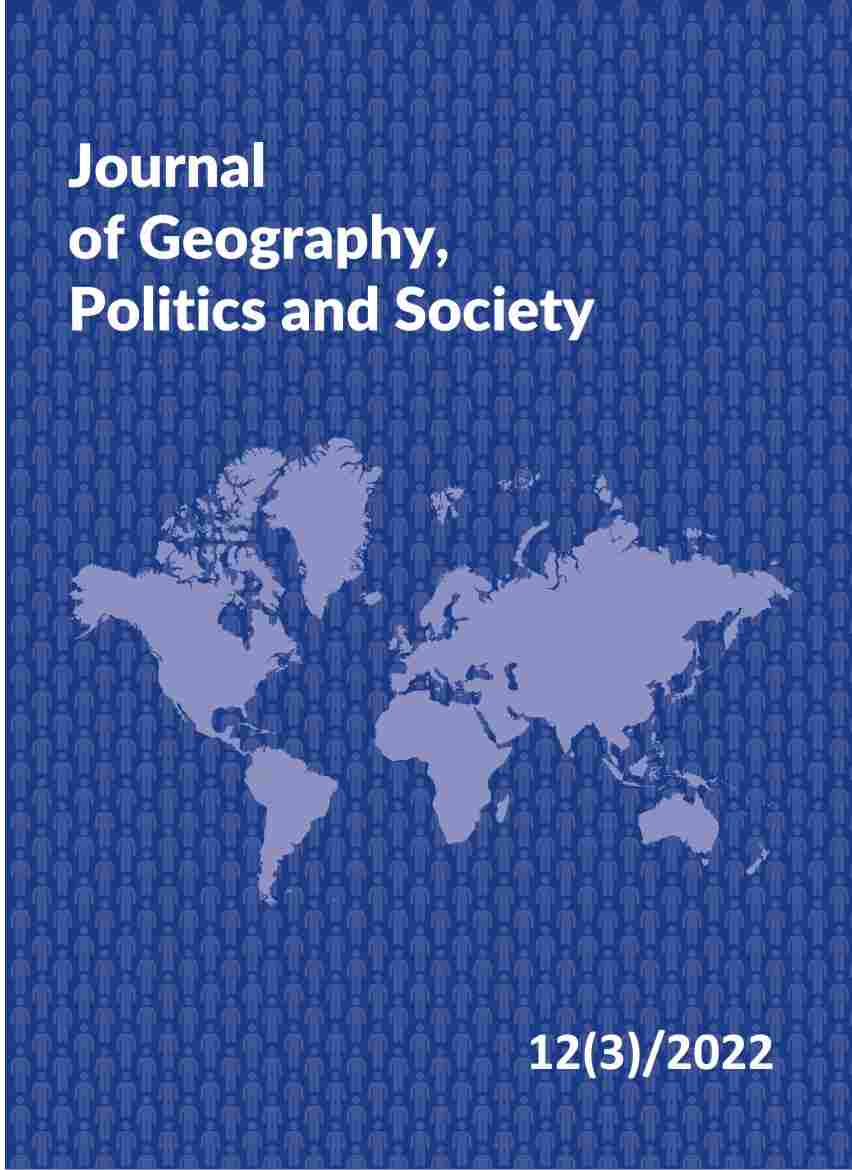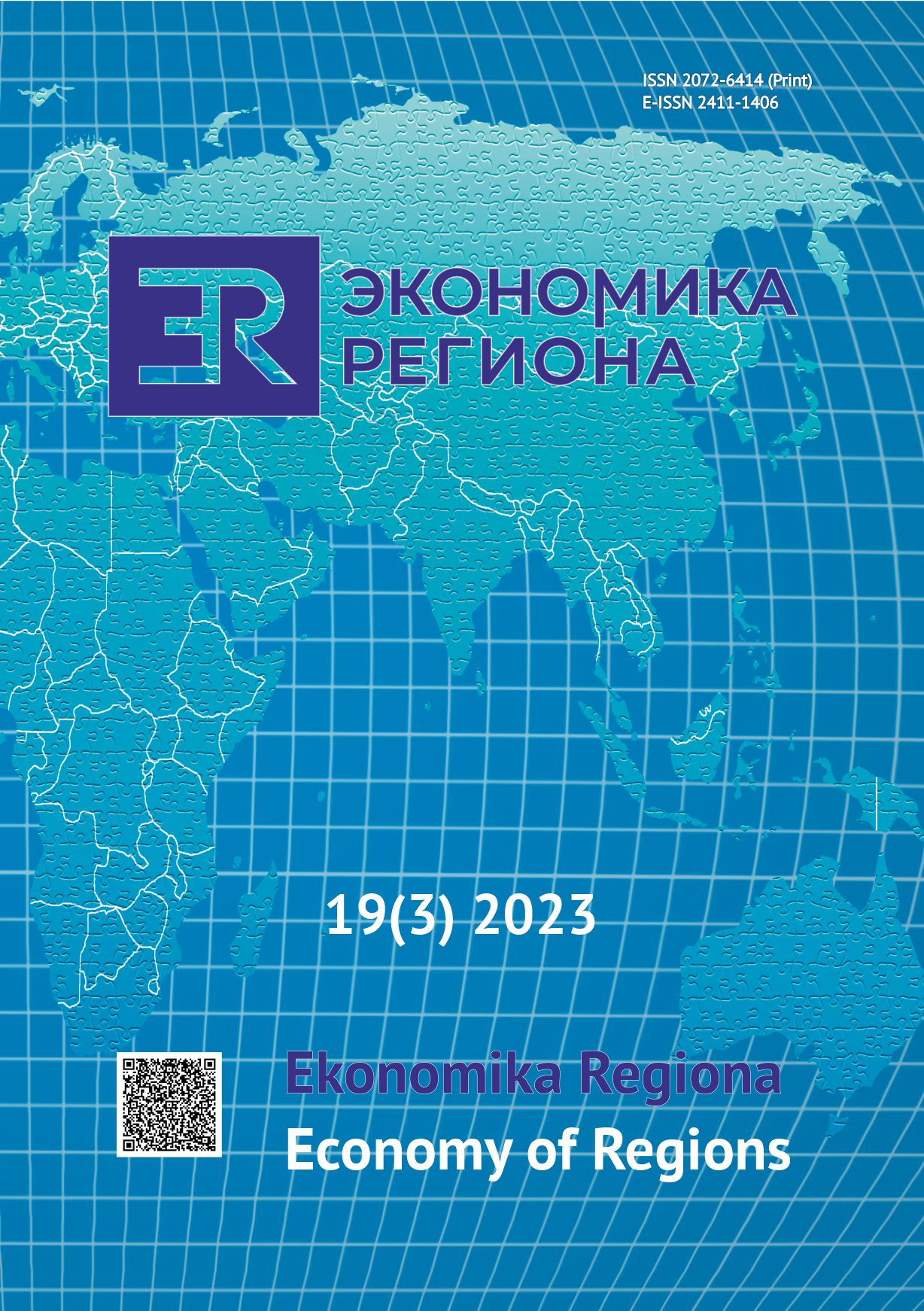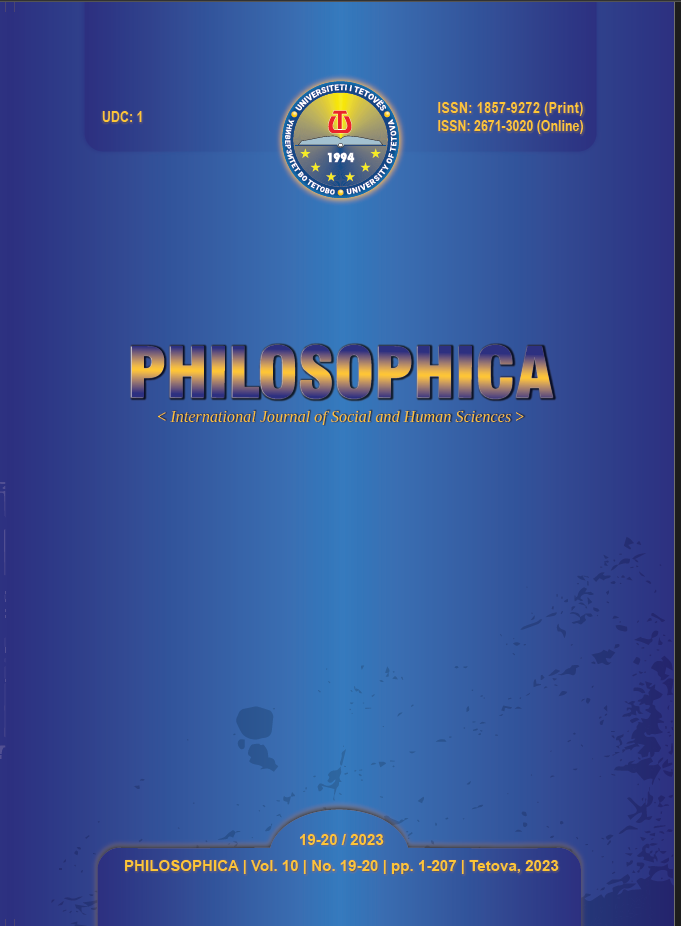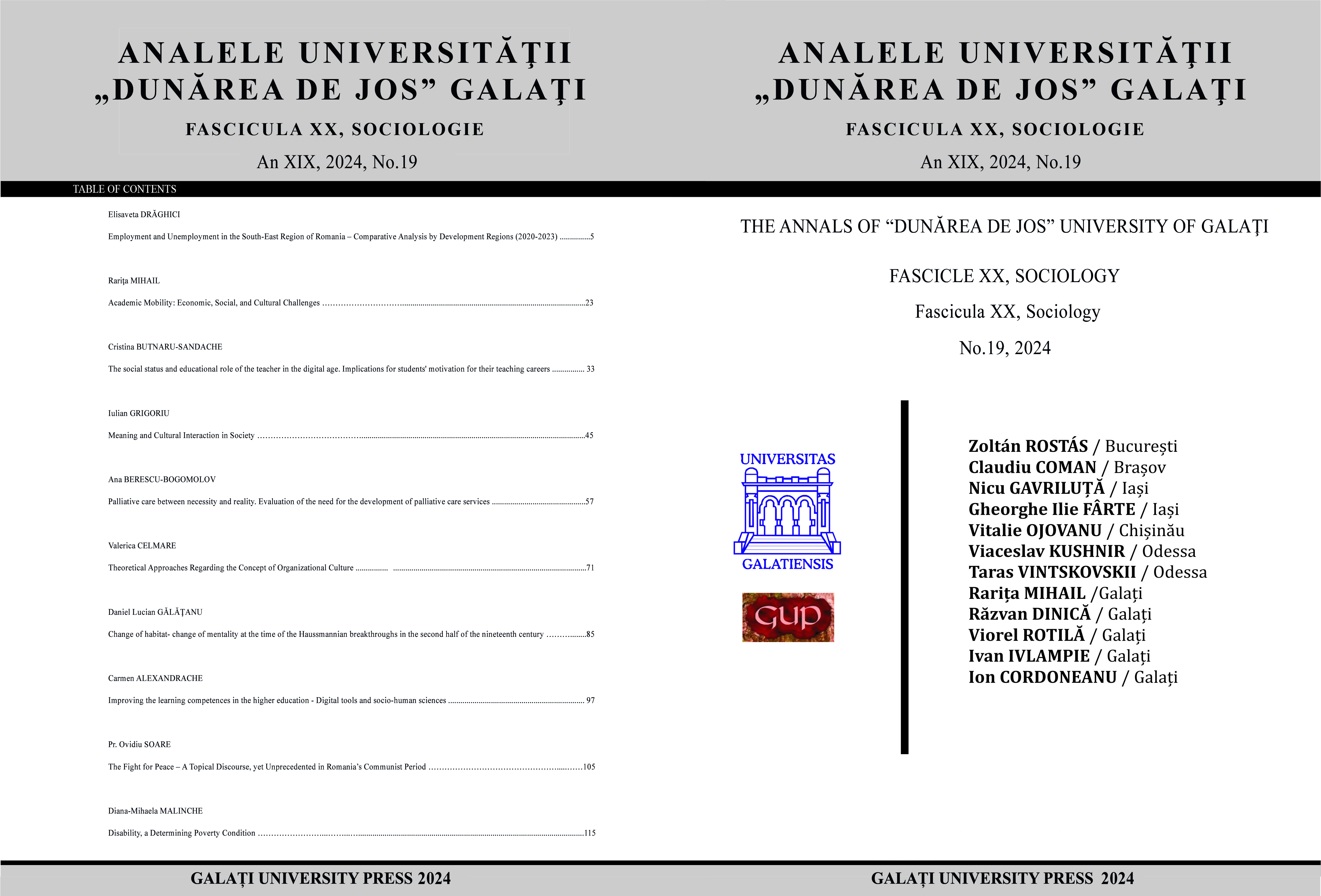КОРЕЛАЦИЈА УПОТРЕБЉЕНЕ МУНИЦИЈЕ СА ОСИРОМАШЕНИМ УРАНИЈУМОМ ИЕТНИЧКЕ СТРУКТУРЕ СТАНОВНИШТВА САВЕЗНЕ РЕПУБЛИКЕ ЈУГОСЛАВИЈЕ ТОКОМ АГРЕСИЈЕ НАТО 1999.ГОДИНЕ
This paper explores the correlation of the number of used depleted uranium (DU) projectiles with the ethnic composition of the population in the municipalities (N=208) of the Federal Republic of Yugoslavia (FRY), specifically the type, intensity, and reliability of the correlation and the time dynamics of the use of DU projectiles during the NATO aggression on FRY in 1999. Since the number of citizens and the share of Albanian and non-Albanian populations in the total population of the former FRY do not represent the homogenous characteristics of the observed area, the Spearman correlation coefficient was used to determine the level of correlation between the number of DU missiles and the population of Albanian and non-Albanian ethnic origin in the observed municipalities. The research yielded the results that indicate direct proportionality between the number of DU missiles and the number of Albanians (r = 0.514, p = 0.000000) and inverse proportionality between the number of specified missiles and the number of non-Albanians (r = - 0.320, p = 0.000003. The determined spatial distribution of DU projectile seriously and lastingly contaminated the living space of Albanians in Kosovo and Metohija, and thus the area of temporary residence of NATO, UNMIK, and EULEX forces in this part of the territory of the Republic of Serbia. The results also revealed that, in the last eleven days of the aggression, NATO forces fired more than a half (54%) of all DU projectiles fired within FRY.
More...
